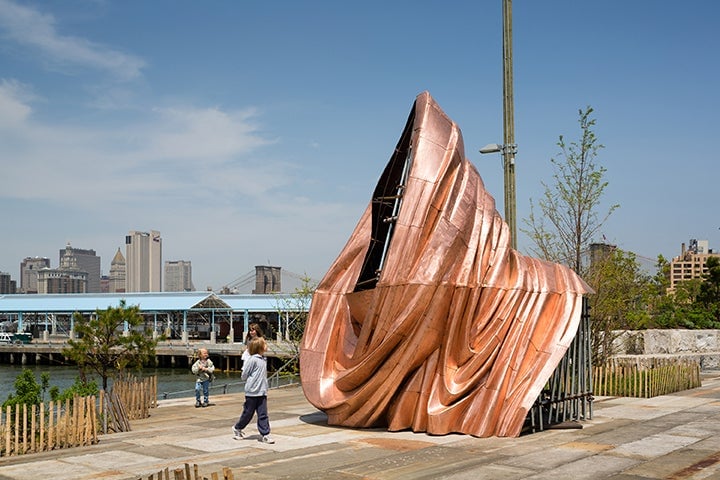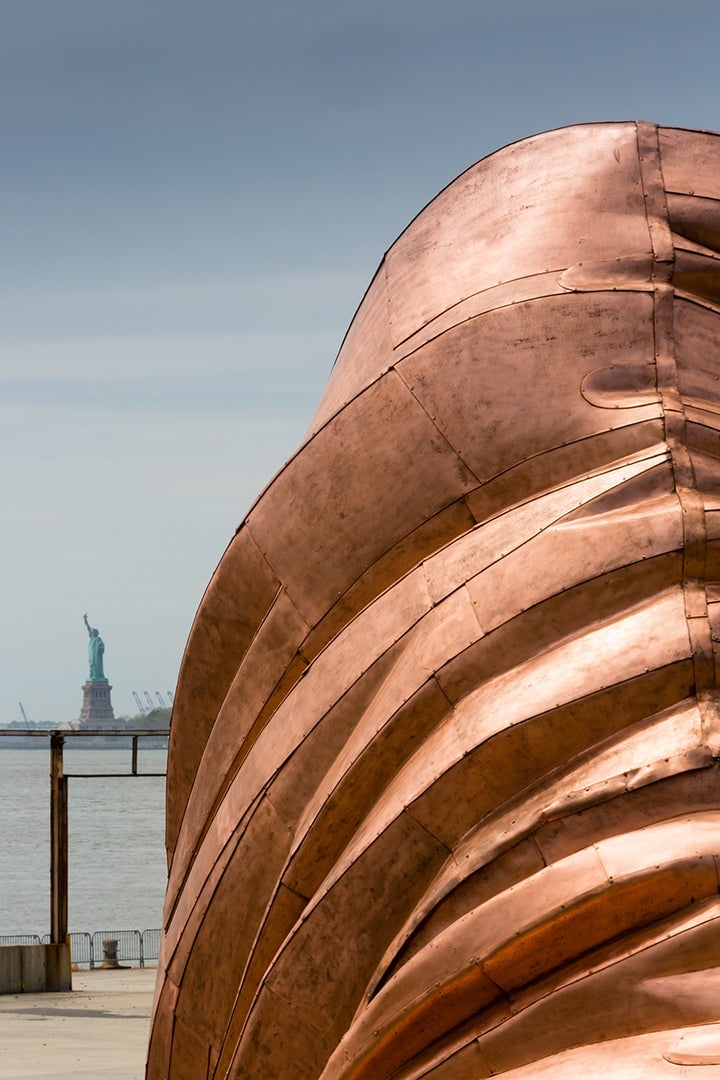The Statue of Liberty, 130 years old today, was an early example of crowd-funding
On June 17, 1885, 200,000 New Yorkers eagerly lined the docks to welcome France’s heftiest gift to America. The glorious, highly-anticipated 225-ton copper statue, “Liberty Enlightening the World” travelled across the Atlantic aboard the warship Isère, carefully packaged in 350 separate pieces, its color likened to that of a shiny new penny.
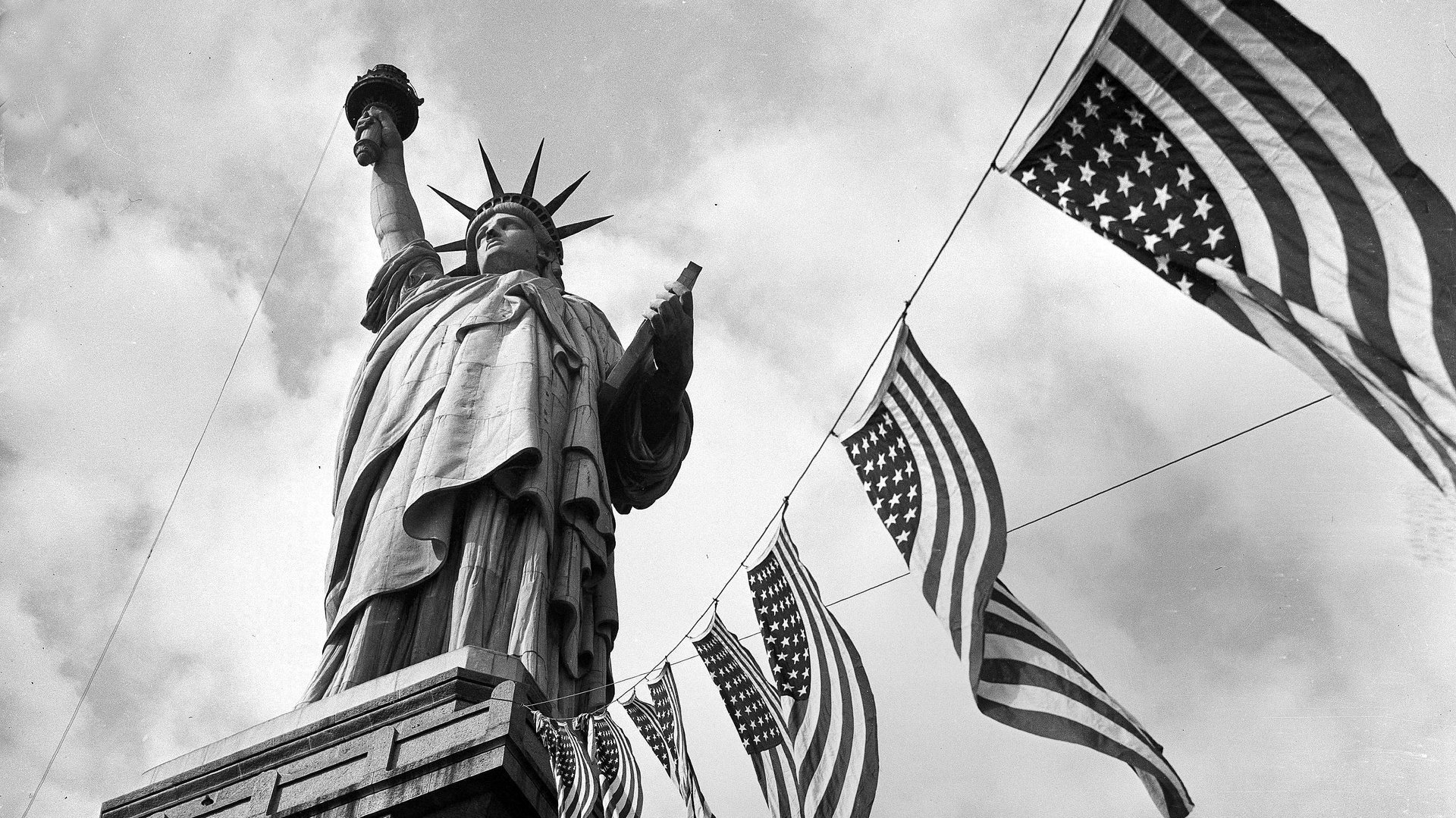

On June 17, 1885, 200,000 New Yorkers eagerly lined the docks to welcome France’s heftiest gift to America. The glorious, highly-anticipated 225-ton copper statue, “Liberty Enlightening the World” travelled across the Atlantic aboard the warship Isère, carefully packaged in 350 separate pieces, its color likened to that of a shiny new penny.
But when it arrived in New York, the pedestal was not quite ready. It would not be until a year later, in April 1886, when its assembly would commence.
Encouraged by the suggestion of the French anti-slavery activist Edouard de Laboulaye, sculptor Frédéric Auguste Bartholdi designed the monument to mark the United States’ centennial anniversary of its independence, and as a symbol of France’s friendship with the US.
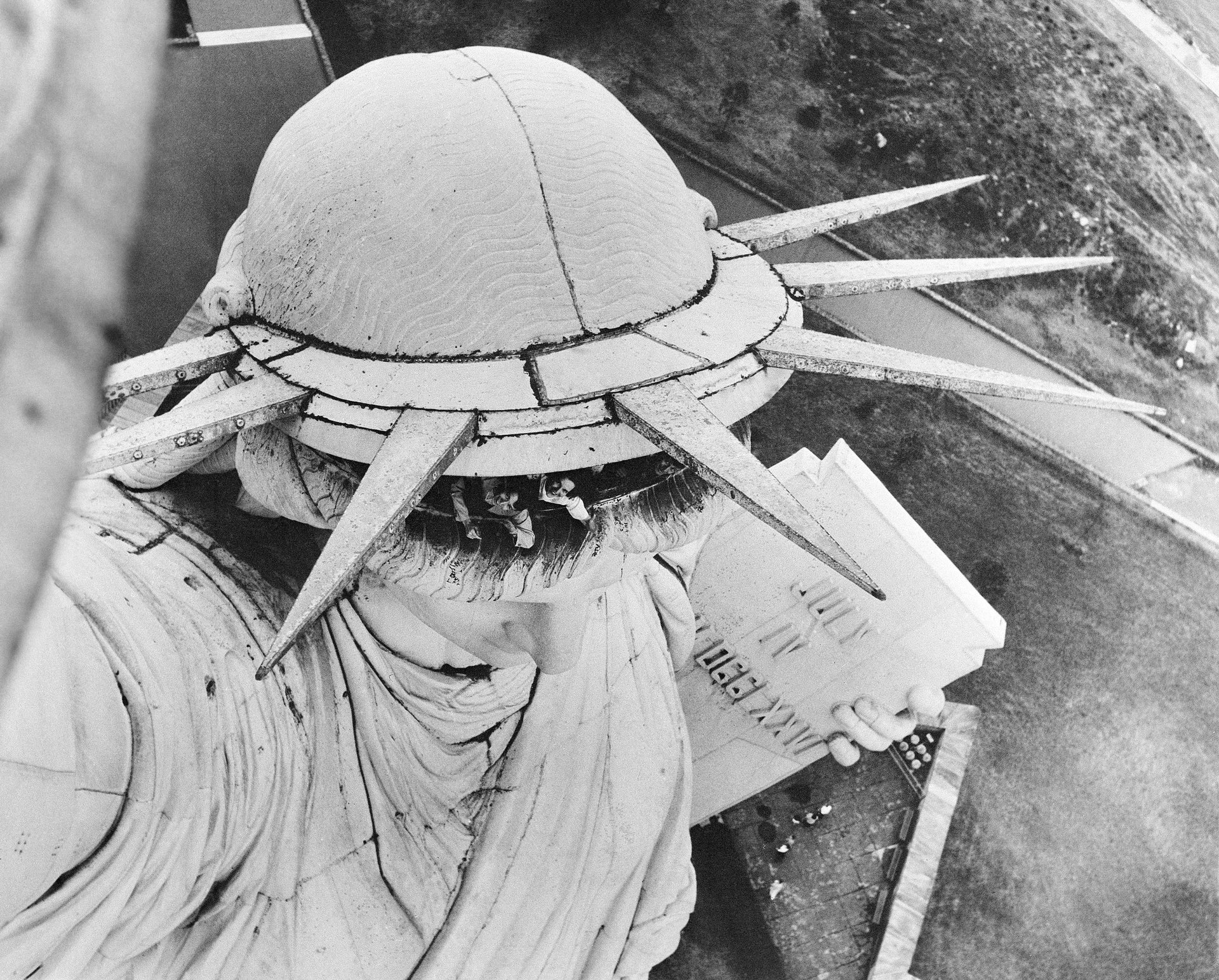
It took almost a decade to complete the 111-foot and 6-inch (measuring from the heel to the top of her head) neoclassical statue, but the world was given previews of its progress throughout its construction. Its arm bearing a torch was shown in the 1876 World’s Fair in Philadelphia (aka Centennial International Exhibition) and the head was displayed in the 1878 Paris World’s Fair.
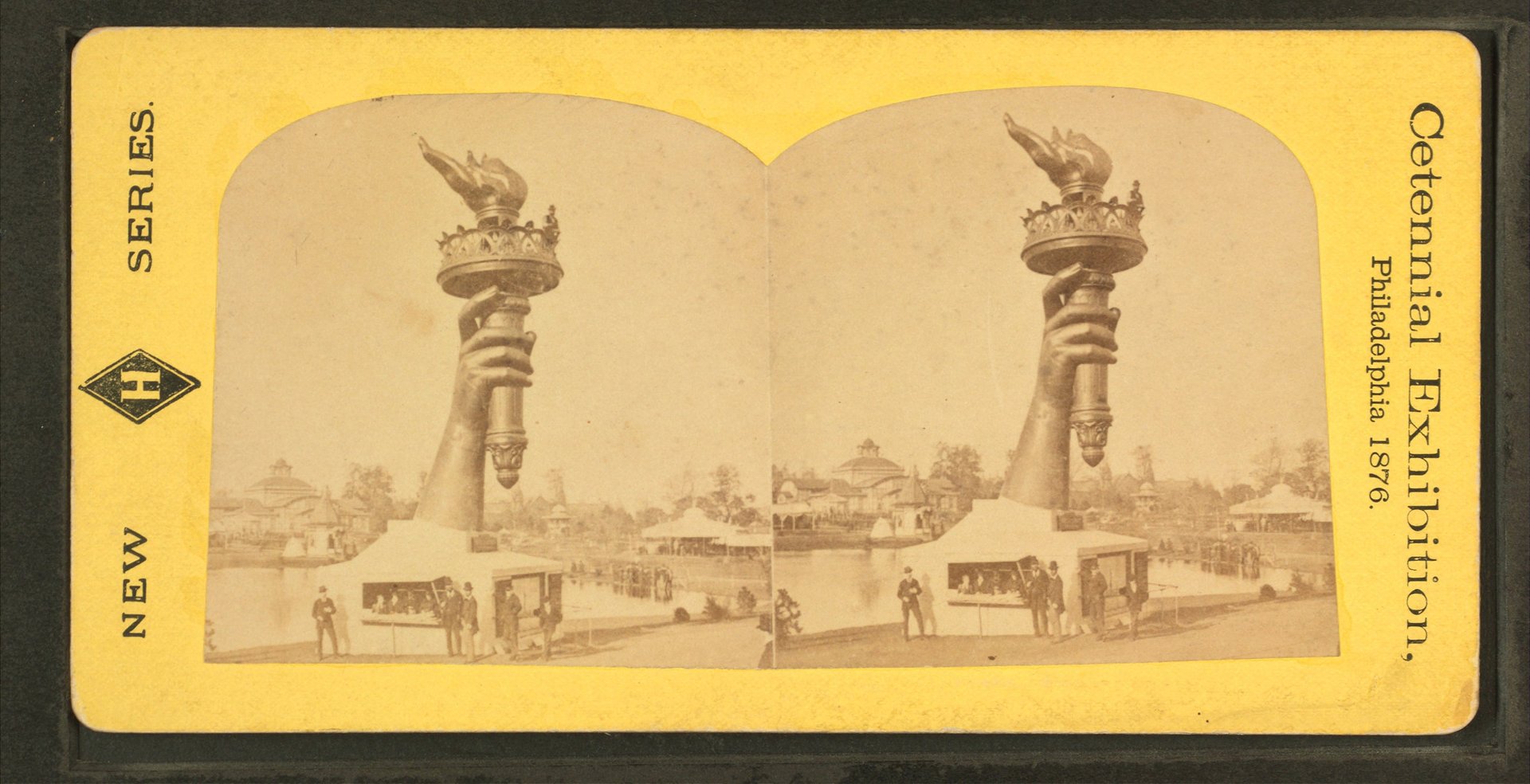
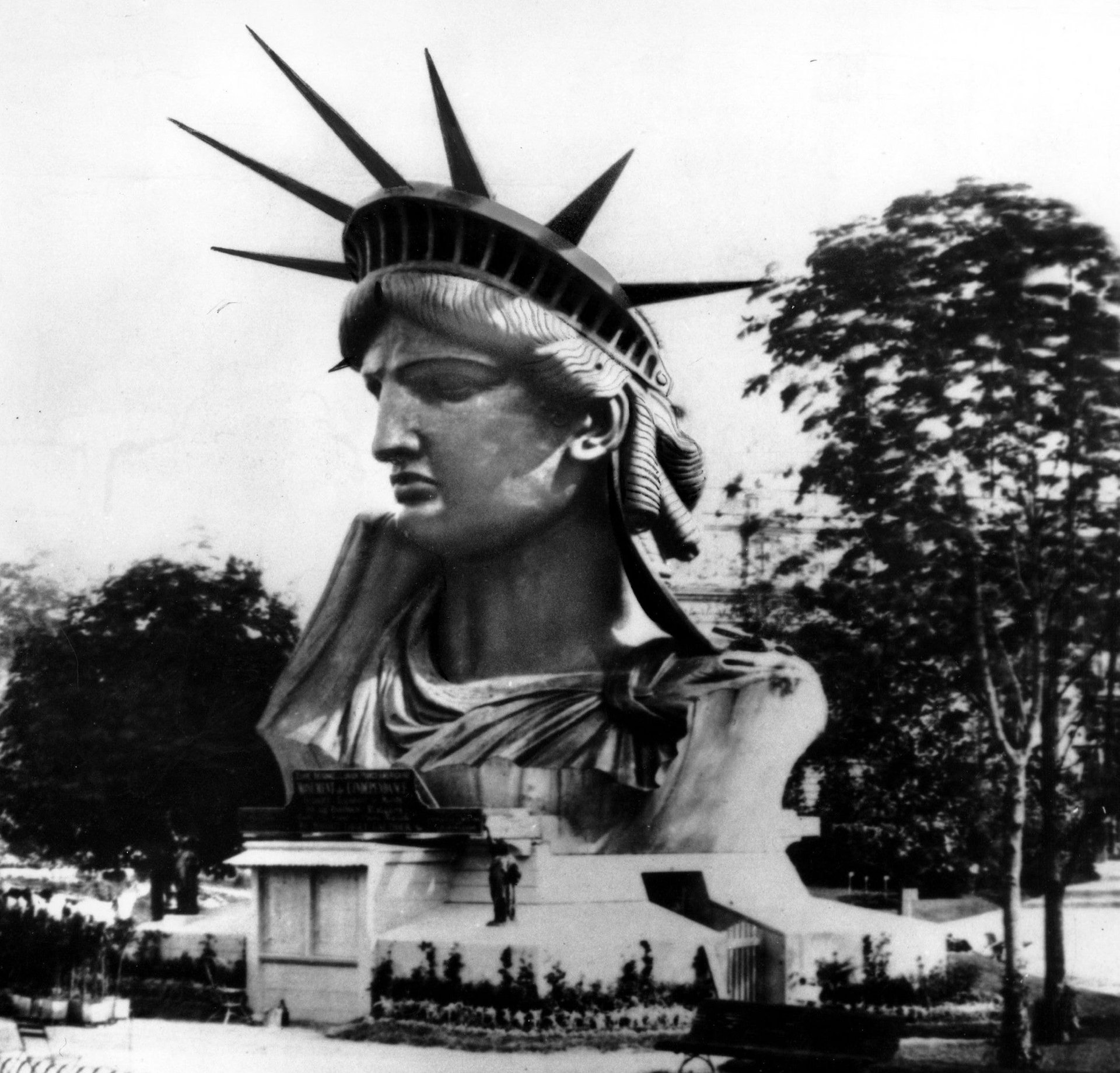
An early precursor to Kickstarter, the Statue of Liberty was crowd-funded—a collaborative endeavor of a grand scale. More 120,000 donors, many giving a $1 or less, helped fund its construction. Gustav Eiffel, the designer of that other French icon which bears his name, worked with Bartholdi to engineer the statue’s iron framework.
The statue has become an emblem of America and of its origins as a country of immigrants, with the words of the American poet Emma Lazarus, including the famous line “Give me your tired, your poor, Your huddled masses yearning to breathe free,” mounted on its pedestal. And artists from the US and around the world have created works inspired by the lady of the harbor, including recently a musical in New York City telling its history.
One such effort is a traveling exhibition that has been shown from Chicago to Copenhagen to Beijing. From 2010 to 2014, artist Danh Vo replicated more than 250 of the statue’s copper pieces using the same techniques Bartholdi used more than a century ago.
Installed as free-standing sculptures, the artist never assembled the pieces of We the People into the whole. Vo’s vision was to allow viewers the space and intimacy to experience the world-famous sculpture on a human scale, in its original color. Vo’s work also highlights the global network of artists, designers, politicians, and funders involved in the political and social act of erecting the public sculptures.
While the Statue of Liberty was a gift from France to the United States, paid for (in part) by American citizens, and constructed by French laborers, Vo’s We The People was conceived in Germany, fabricated in Shanghai, supported by his French gallery, collections and art institutions worldwide, and dispersed to exhibition venues in more than 15 countries.
